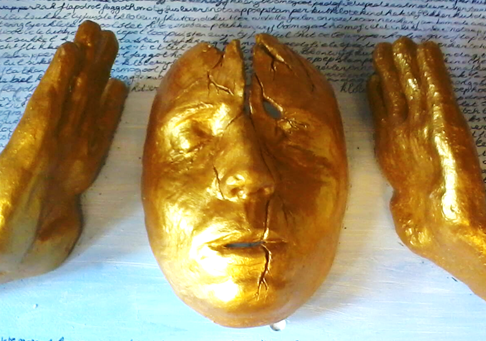Today we published the following (scientific) paper online:
A 0.042 mm^2 programmable biphasic stimulator for cochlear implants suitable for a large number of channels
W. Ngamkham; M.N. van Dongen; W.A. Serdijn; C.J. Bes; J.J. Briaire; J.H.M. Frijns;
ArXiv.org,
January 29 2015.
Abstract
This paper presents a compact programmable biphasic stimulator for cochlear implants. By employing double-loop negative feedback, the output impedance of the current generator is increased, while maximizing the voltage compliance of the output transistor. To make the stimulator circuit compact, the stimulation current is set by scaling a reference current using a two stage binary-weighted transistor DAC (comprising a 3 bit high-voltage transistor DAC and a 4 bit low-voltage transistor DAC). With this structure the power consumption and the area of the circuit can be minimized. The proposed circuit has been implemented in AMS 0.18µm high-voltage CMOS IC technology, using an active chip area of about 0.042mm^2. Measurement results show that proper charge balance of the anodic and cathodic stimulation phases is achieved and a dc blocking capacitor can be omitted. The resulting reduction in the required area makes the proposed system suitable for a large number of channels.
Keywords:
current generator, current source, current mirror, output impedance, stimulator
circuit, current stimulator, programmable stimulator, biphasic stimulation, neural stimulation, cochlear implants, electrode-tissue interface, electrode-tissue impedance, switch array, charge error, charge balancing, neurostimulator.





